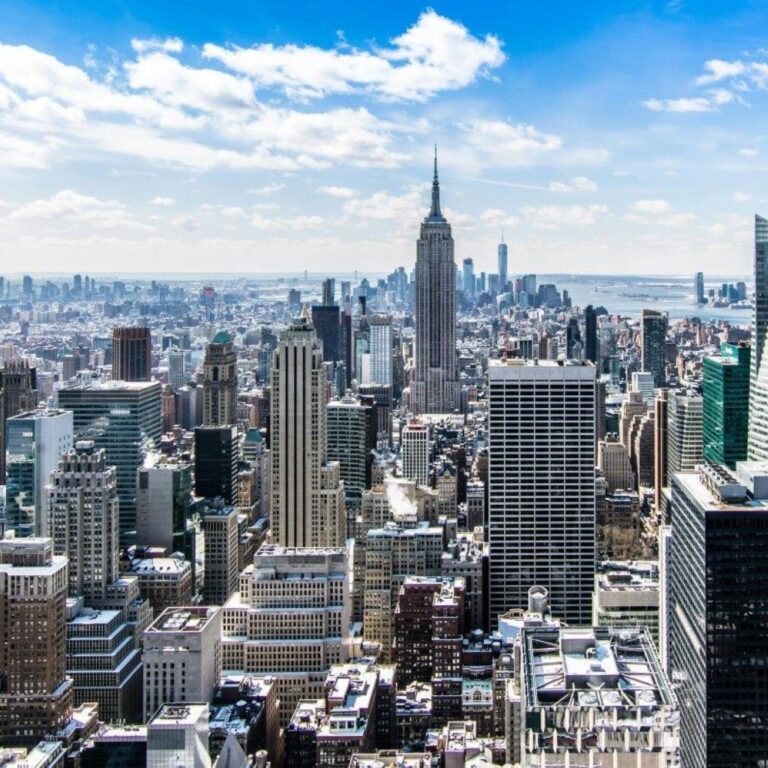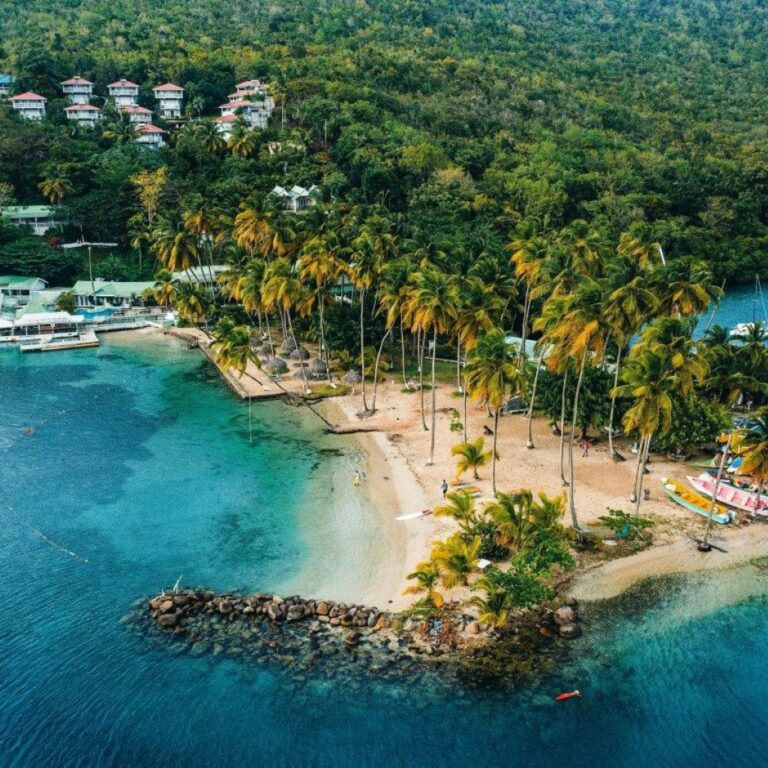New York City is made up of five boroughs: Manhattan, Brooklyn, Queens, The Bronx, and Staten Island.
The city was originally called New Amsterdam when it was settled by the Dutch in 1624, before being renamed New York in 1664 after the Duke of York.
The Statue of Liberty, a gift from France in 1886, is one of the most famous symbols of freedom and democracy.
Central Park, an 843-acre green space in the middle of Manhattan, is one of the most visited urban parks in the United States.
Times Square is known as 'The Crossroads of the World' and is famous for its bright lights, Broadway theaters, and the annual New Year's Eve ball drop.
The Empire State Building, completed in 1931, was the tallest building in the world until 1970 and remains an iconic part of the New York skyline.
New York City is home to the United Nations Headquarters, established in 1952.
The Brooklyn Bridge, completed in 1883, was the longest suspension bridge in the world at the time and is a National Historic Landmark.
New York's subway system, opened in 1904, is one of the oldest and largest in the world, with 472 stations.
The city is a melting pot of cultures, with over 800 languages spoken, making it the most linguistically diverse city in the world.
Wall Street, located in the Financial District, is the historic heart of the financial industry and home to the New York Stock Exchange.
The Metropolitan Museum of Art, known as the Met, is the largest art museum in the United States and one of the most visited art museums in the world.
New York City has been a major center for music, theater, fashion, and the arts, influencing global culture.
Ellis Island, which operated from 1892 to 1954, was the gateway for over 12 million immigrants to the United States.
The city's food scene is world-renowned, with diverse offerings from street food to Michelin-starred restaurants, including the famous New York-style pizza and bagels.
How useful was this post?
Click on a star to rate it!



